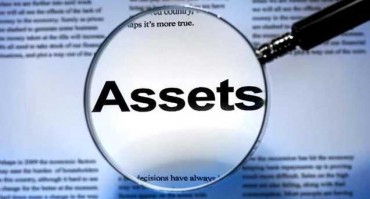DEFINITION of Assets
Assets represent a resource with economic value that an individual, corporation or country owns or controls. There are expectations that it will provide a future benefit.
WHAT IT IS IN ESSENCE
Assets are coming under two terms in trading. Dependent on whether they are in connection with a company or a financial instrument we recognize.
- A company’s assets are the wealth it posses. Or resources which are expected to generate value in the future. They are on the other side of liabilities. They are the parts of a company that can reduce the company’s value.
- Underlying assets are the financial instruments. They define the price of a derivative. And as such is the profit or loss from a derivative trade such as a spread bet or CFD. Including shares, indices, commodities, currencies, bonds, options. You are speculating on the price movement of the derivative’s underlying asset. That is often known as the market. If you correctly predict that the underlying asset will increase in value. And the trade will result in a profit when you trade a derivative. If you predict that it will increase in value and its value later drops. And the trade will result in a loss.
HOW TO USE
An asset trader must understand the current thinking built into asset class prices. Prices are generally determined by the actions of a global set of large institutions, pension funds. They affect endowments, banks, mutual fund managers and hedge fund managers. Finding trading opportunities requires traders to get into the heads of these large market players.
Many large firms specialize in one or a few asset classes. While other large institutions focus their attention at the asset class level. Most organizations are too big to actively buy and sell securities. So they need to act on longer time frames.
If you’re in the investment biz long enough, you’ll naturally find yourselves searching for profitable ideas. Especially when an asset class is experiencing a bubble. The term “bubble” is a heavily overused term in the financial media and professional investors.
Let’s say, that large price increase over a short time period, such as a 50% gain over a year. This prompts a few writers, analysts or professional investors to describe the runup as a bubble.

